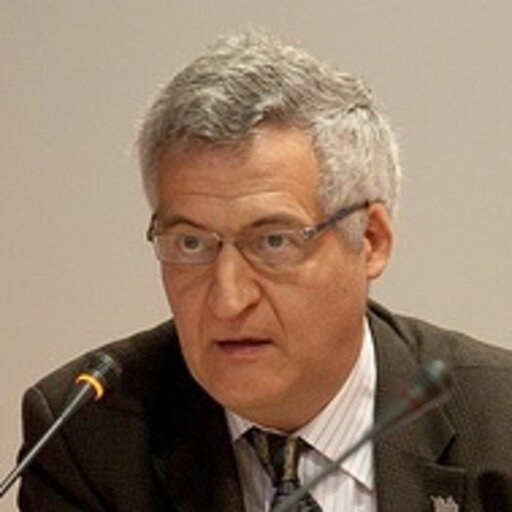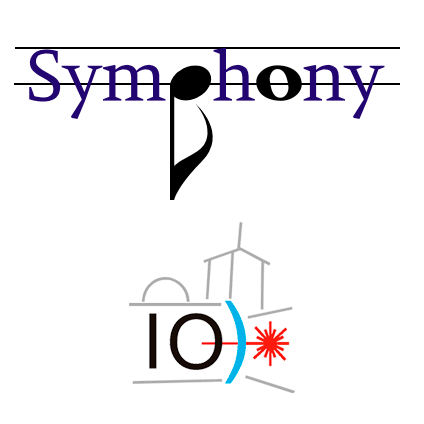Next Monday, June 5, a talk to present the new scientific in the IO-CSIC, Raquel Caballero
-
The talk entitled "Chalcogenide materials for PV Applications" will focus on thin-film solar cells
- The talk will be on Monday, June 5 at 11am in the Serrano Conference Room 121
Madrid / June 1, 2023
 Raquel Caballero Mesa has recently joined the Institute of Optics from Department of Applied Physics of the Autonomous University of Madrid (UAM), and will give us a talk next Monday, June 5 entitled “Sustainable chalcogen materials for photovoltaic applications”.
Raquel Caballero Mesa has recently joined the Institute of Optics from Department of Applied Physics of the Autonomous University of Madrid (UAM), and will give us a talk next Monday, June 5 entitled “Sustainable chalcogen materials for photovoltaic applications”.
Raquel will create a new group into the ultrafast, non-linear and nanoscale photonics department
Latest news
One of the great challenges facing our society today is the supply of low-cost and environmentally friendly energy sources that can meet the growing demands of an expanding population.
Solar Photovoltaic (PV) is one of the main renewable energy technologies to achieve the goals defined in the EU Energy Roadmap for 2050. This drives research both on new sustainable and stable materials and on new designs of solar cells that can be used for different purposes, both outdoors and indoors. In particular, thin-film solar cells have the flexibility of being able to use them for all these purposes, and, therefore, they will be key in the integration of photovoltaics in residential, industrial and commercial (BIPV) buildings.
In addition, in recent years, the so-called agrovoltaic or agrophotovoltaic has emerged that allows agricultural production of crops and PV generation of electricity on the same land. On the other hand, the massive industrial deployment of IoT (Internet of Things), with the installation of wireless sensor nodes on the ground, is giving an important boost to the development of specific photovoltaics for indoor environments (IPV: Indoor PV).
For all the aforementioned applications, it is necessary to develop a new generation of efficient, low-cost photovoltaic devices with high robustness and stability, with thin-film chalcogenide technology being a great candidate.
In this seminar there will be a review of the evolution of chalcogenide thin-film cells starting with the most efficient today based on Cu(In,Ga)Se2 up to new proposals and emerging materials. In addition, the excellent properties of chalcogenides mean that their interest is not exclusive for photovoltaic applications, but also in many other fields of photonics, etc.
IO-CSIC communication
cultura.io@io.cfmac.csic.es
Related news
Next Thursday, March 27, scientific coffee with Gabriel Cristóbal
Looking at the Invisible: Optical Microscopy and Imaging This talk will be on Thursday the 27th at 11:00 a.m. in the center's Conference Room.Madrid...
Women’s Day at the Institute of Optics
Madrid / March 8, 2025Today, March 8, is International Women's Day. On this day, we want to claim the need for real and effective gender equality in...
“Empowering Talent” Workshop Strategies for bias-free processes
The workshop on unconscious biases will be taught (in English) by Mahmoud Assy, an expert in Diversity, Equity and Inclusion. This activity will be...





